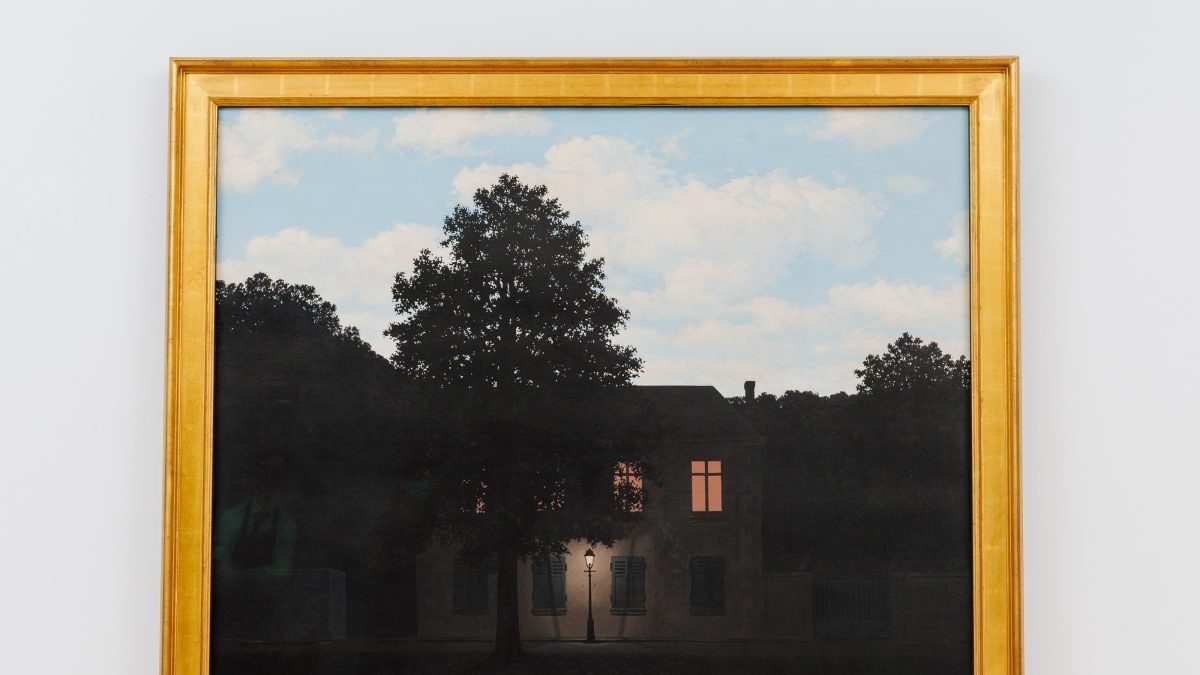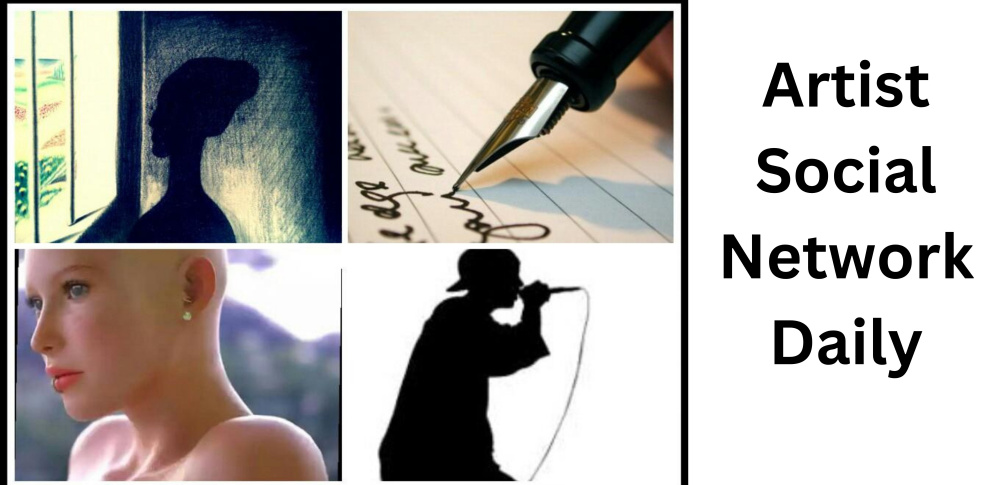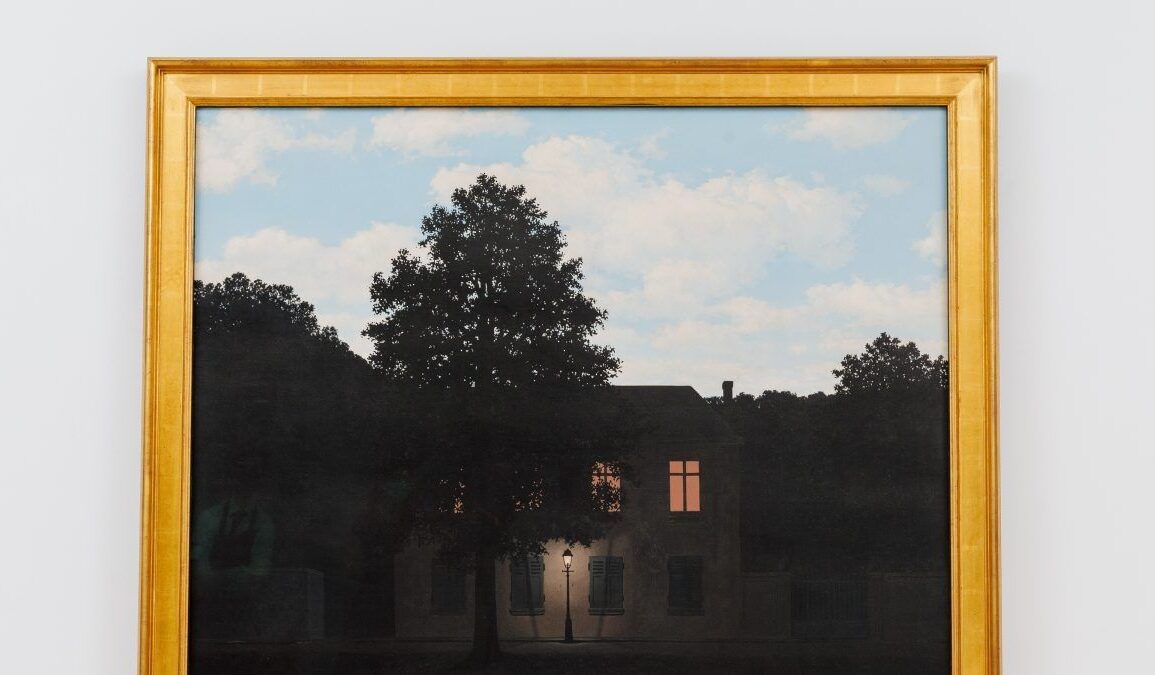
In the realm of the ultra-rich, art has transcended its traditional role as a form of self-expression and become a symbol of wealth and cultural significance. On February 12, 2024, the contemporary art market reached new heights with a series of record-breaking sales that turned heads and sparked conversations about the true value of art.
Masterpieces and their Mega Prices
Among the most iconic artworks to fetch staggering prices at auctions are Leonardo da Vinci’s ‘Salvator Mundi’, which sold for an unprecedented $450.3 million, and the 1962 Ferrari GTO, which changed hands for a cool $70 million. These sales have cemented the status of such masterpieces as not just works of art but also as blue-chip investments.
But it’s not just paintings and cars that are commanding astronomical prices. Luxurious houses, watches, jewelry, and handbags are also highly sought-after by those looking to assert their status and success. In this rarefied world, ownership of such items is a sign that the owner has arrived – and they have the means to prove it.
The Art of Scandal
The secretive dealings of the art industry were thrust into the spotlight recently when Russian billionaire Dmitry Rybolovlev accused renowned auction house Sotheby’s of orchestrating an elaborate art scam that cost him millions. The high-stakes legal showdown has raised questions about the transparency and ethics of the art market, and whether it is truly a level playing field for all.
This scandal is not an isolated incident. In recent years, there have been numerous cases of art fraud, forgery, and price manipulation that have shaken the faith of collectors and investors alike. As the value of art continues to rise, so too does the risk of falling victim to unscrupulous dealers and auction houses.
Investing in Art: A Risky Business?
Despite these risks, many investors remain bullish on the art market, seeing it as a safe haven in times of economic uncertainty. The record-breaking sales of Roy Lichtenstein’s prints, for example, demonstrate the significant growth in sales value, lots sold, and average selling price over the past decade.
But is investing in art really a wise move? While some collectors have undoubtedly reaped huge rewards, others have seen their investments plummet in value. The art market is notoriously fickle, and what is considered valuable today may be worthless tomorrow.
Ultimately, the decision to invest in art is a highly personal one that requires careful consideration and due diligence. For those who are willing to take the risk, the rewards can be immense – both financially and culturally. But for others, the allure of owning a masterpiece may be nothing more than an expensive illusion.
Leonardo da Vinci’s ‘Salvator Mundi’Willem de Kooning’s ‘Interchange’
Paul Cézanne’s ‘The Card Players’Paul Gauguin’s ‘Nafea Faa Ipoipo’Jackson Pollock’s ‘Number 17A’
Mark Rothko’s ‘No. 6 (Violet, Green and Red)’Pablo Picasso’s ‘Les Femmes d’Alger (Version ‘O’)’Andy Warhol’s ‘Shot Sage Blue Marilyn’
Francis Bacon’s ‘Three Studies of Lucian Freud’Gustav Klimt’s ‘Portrait of Adele Bloch-Bauer II’
In the ongoing conversation between art, commerce, and the human experience, these record-breaking sales represent pivotal moments that have captivated the world and reshaped the way we think about the value of art. Whether seen as monumental investments or simply as priceless cultural artifacts, these masterpieces continue to captivate our imaginations and inspire us to dream.
This post was originally published on this site be sure to check out more of their content








